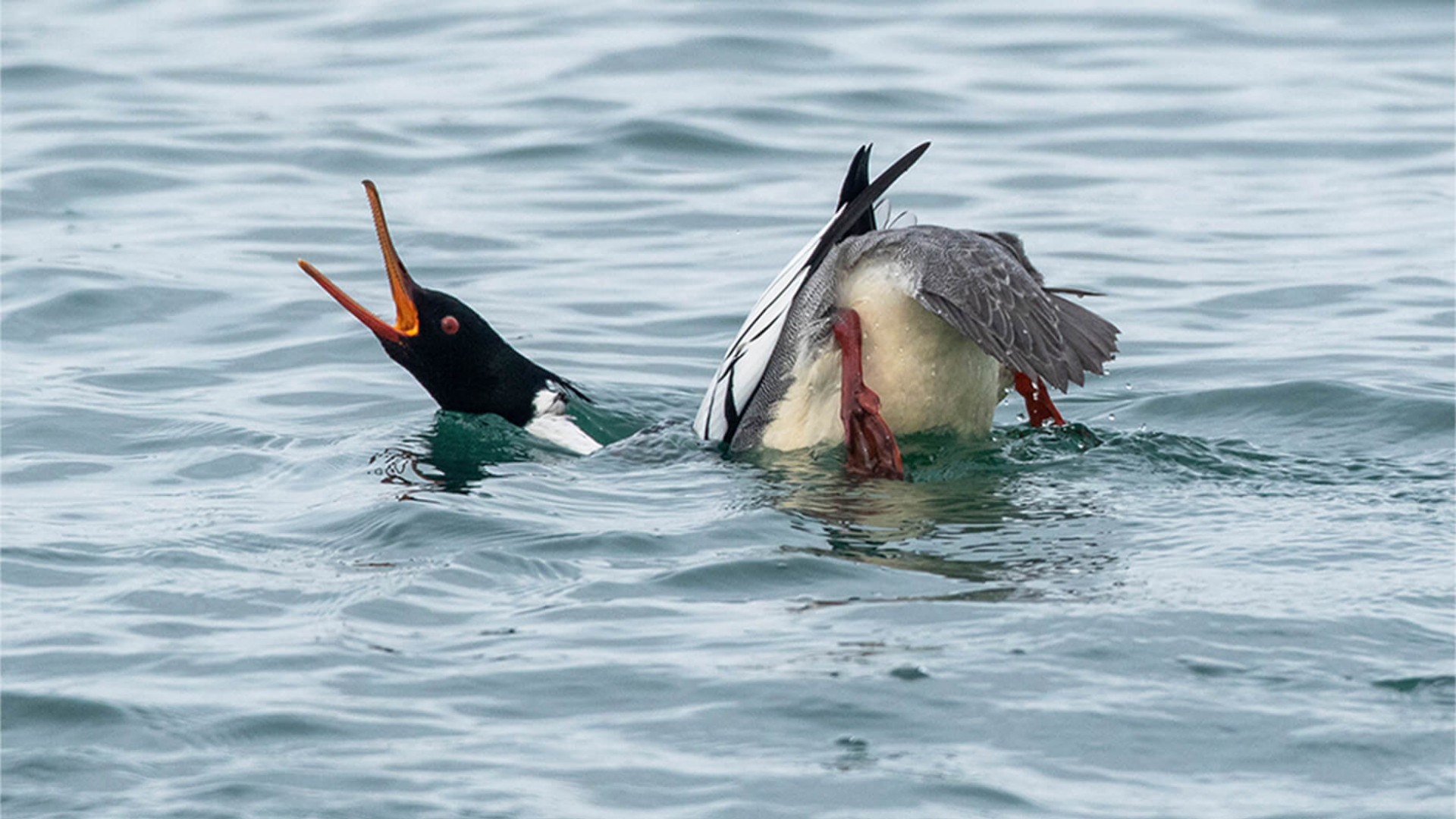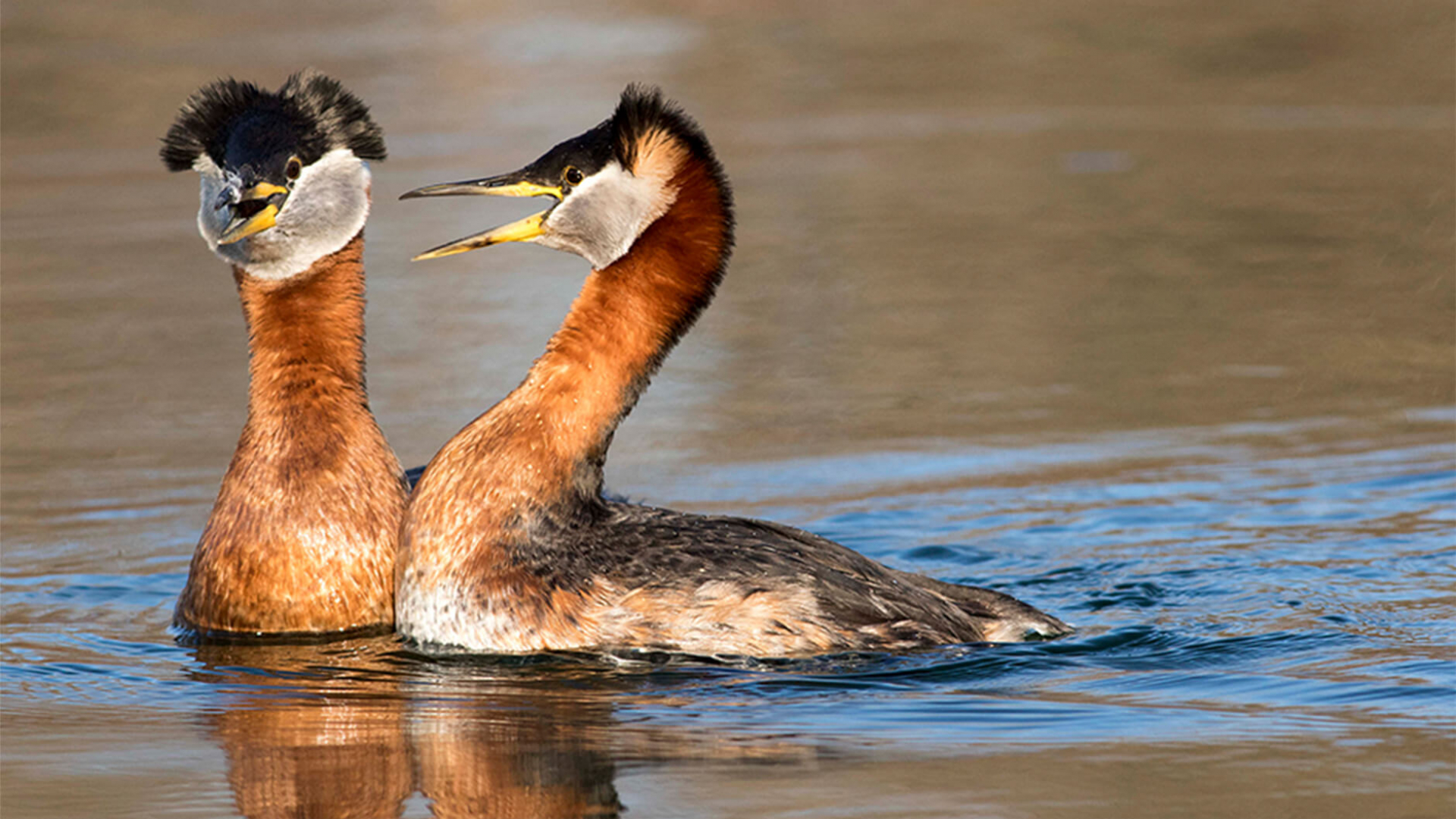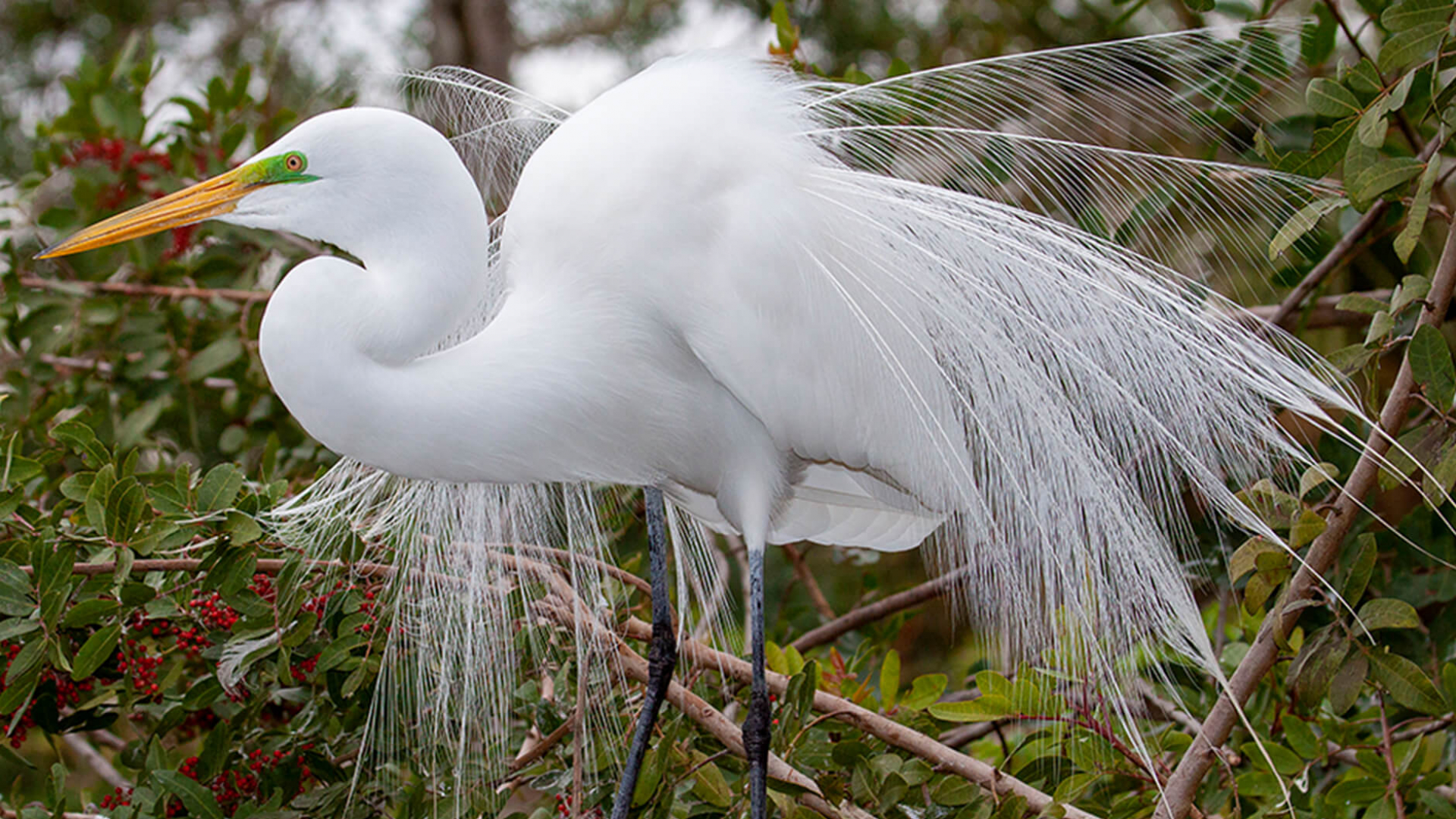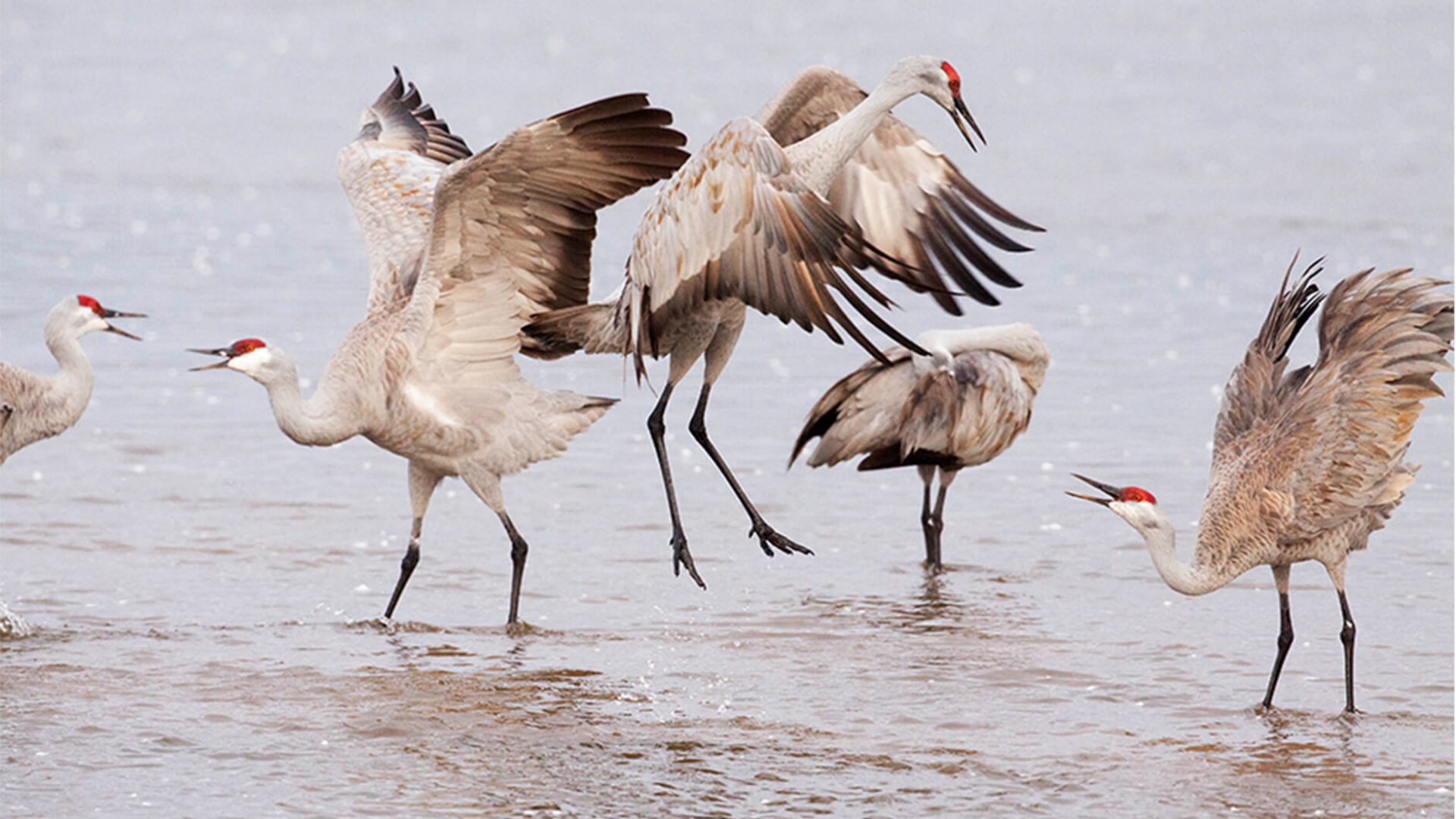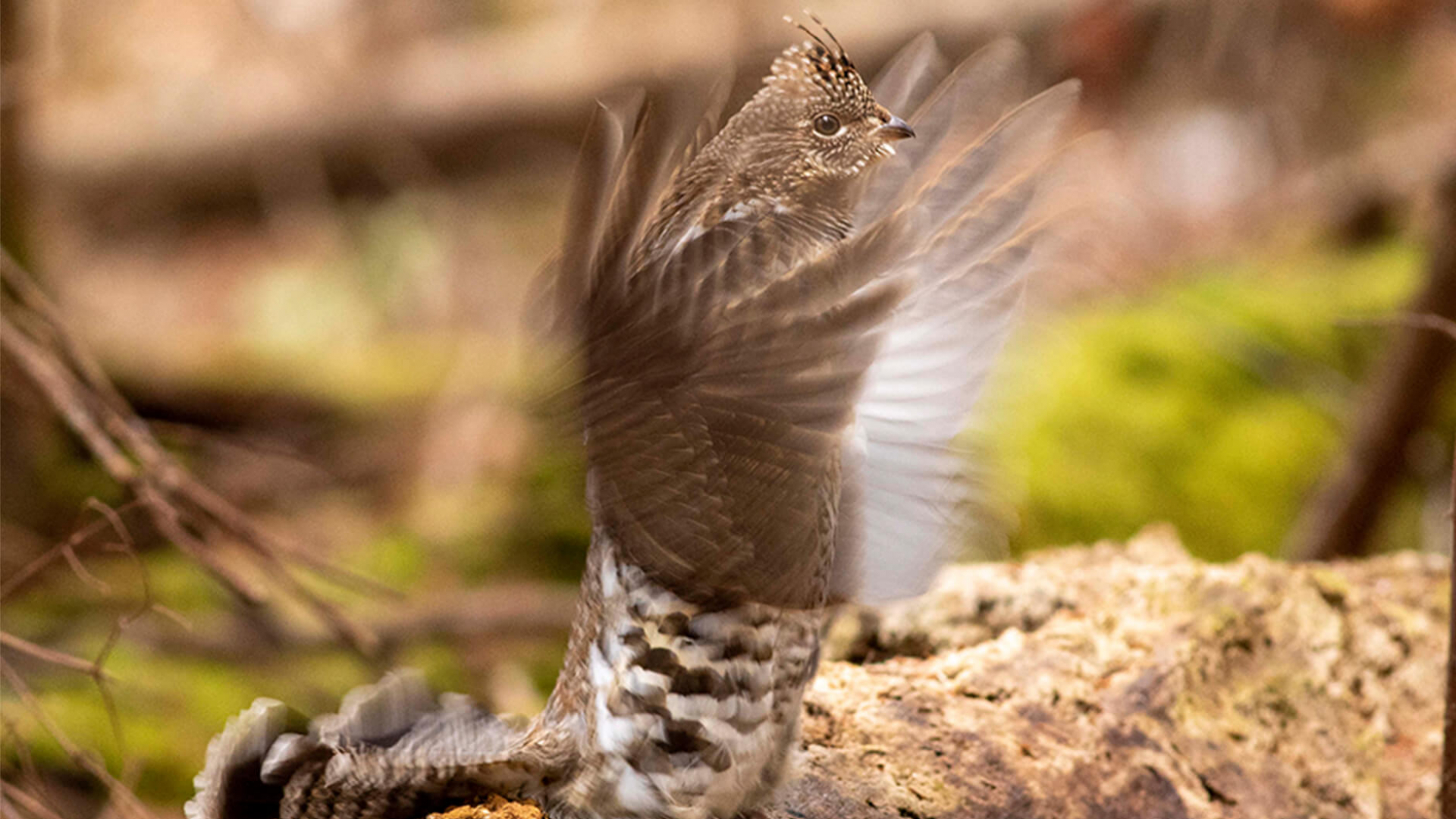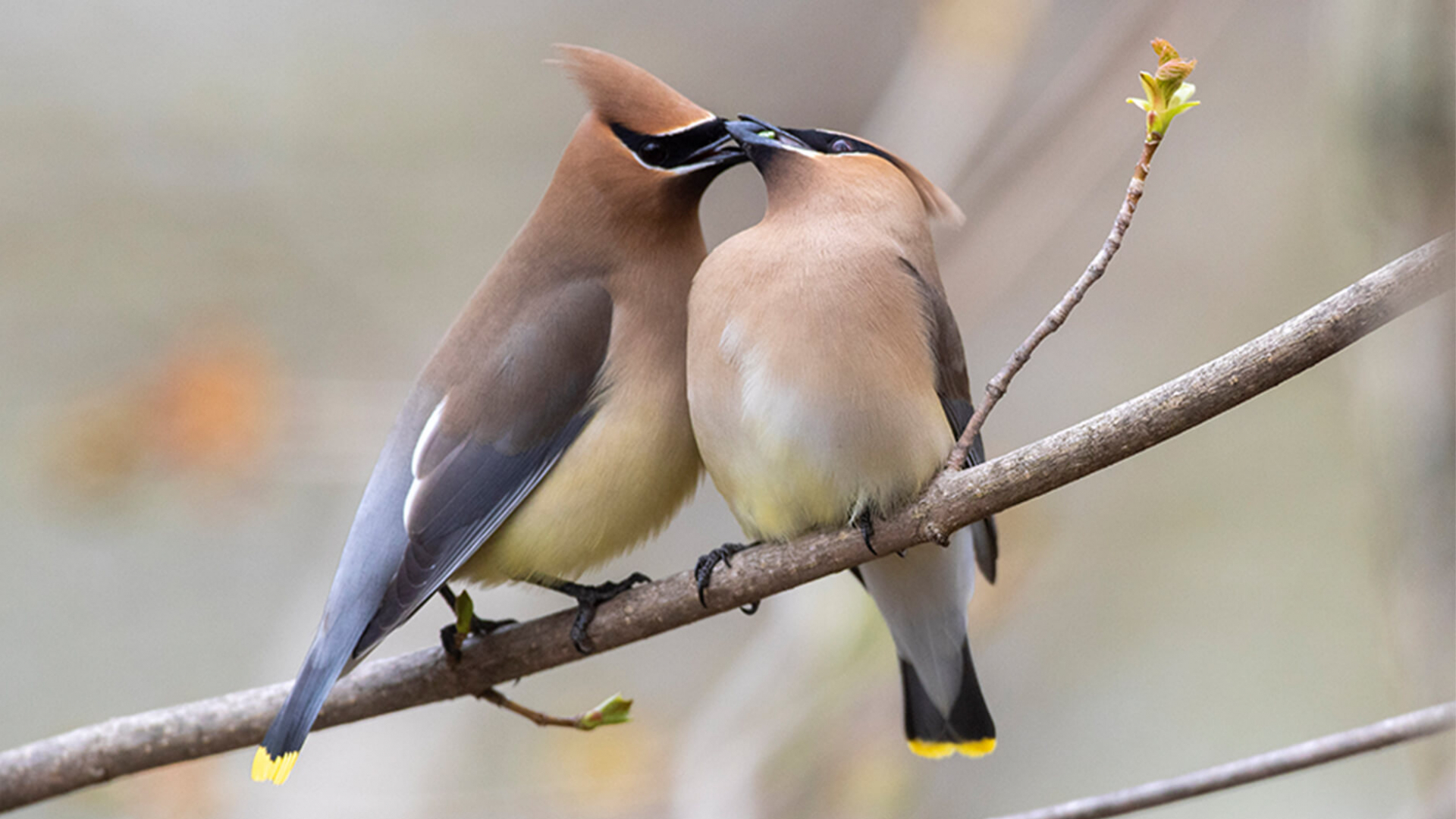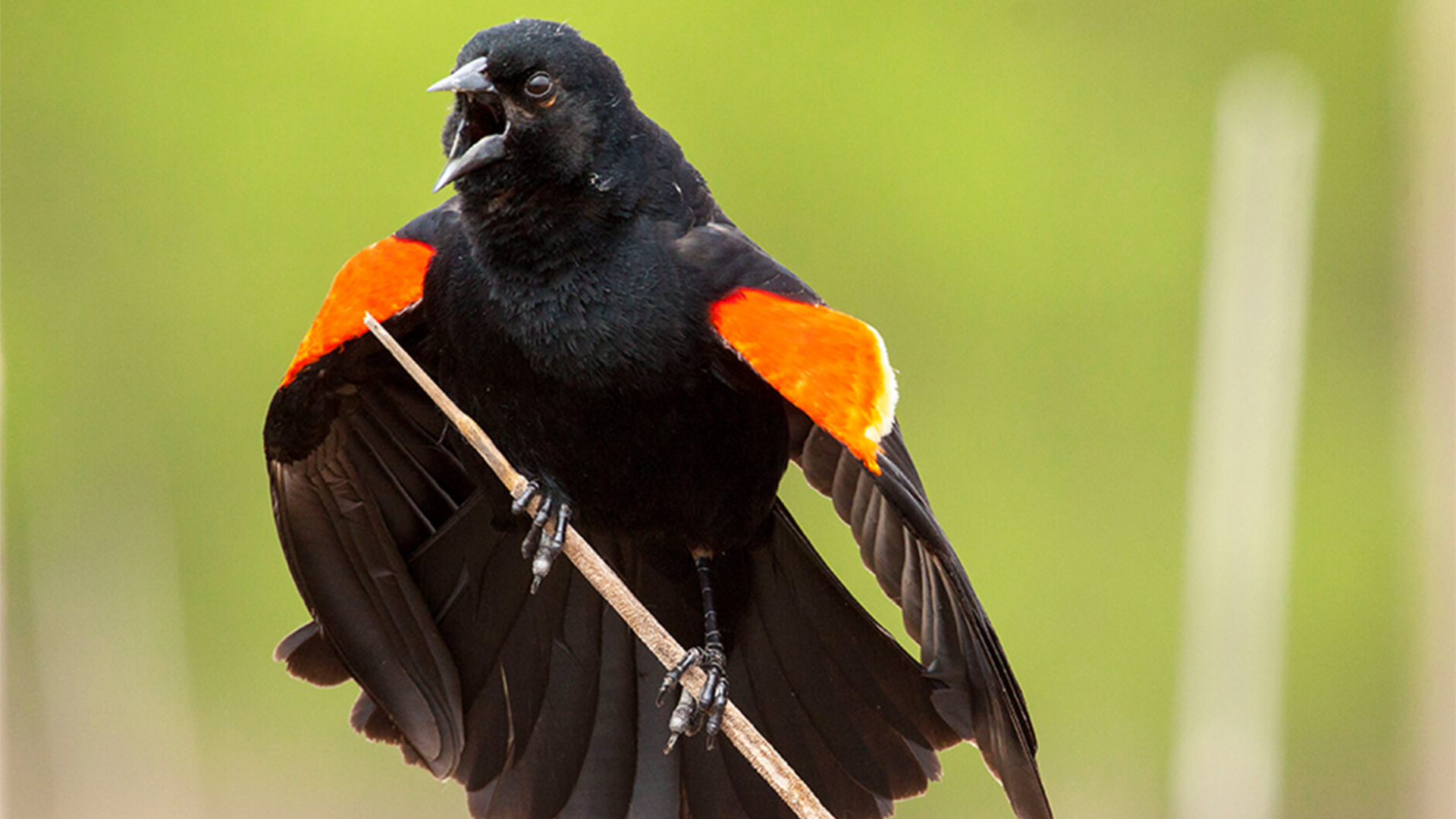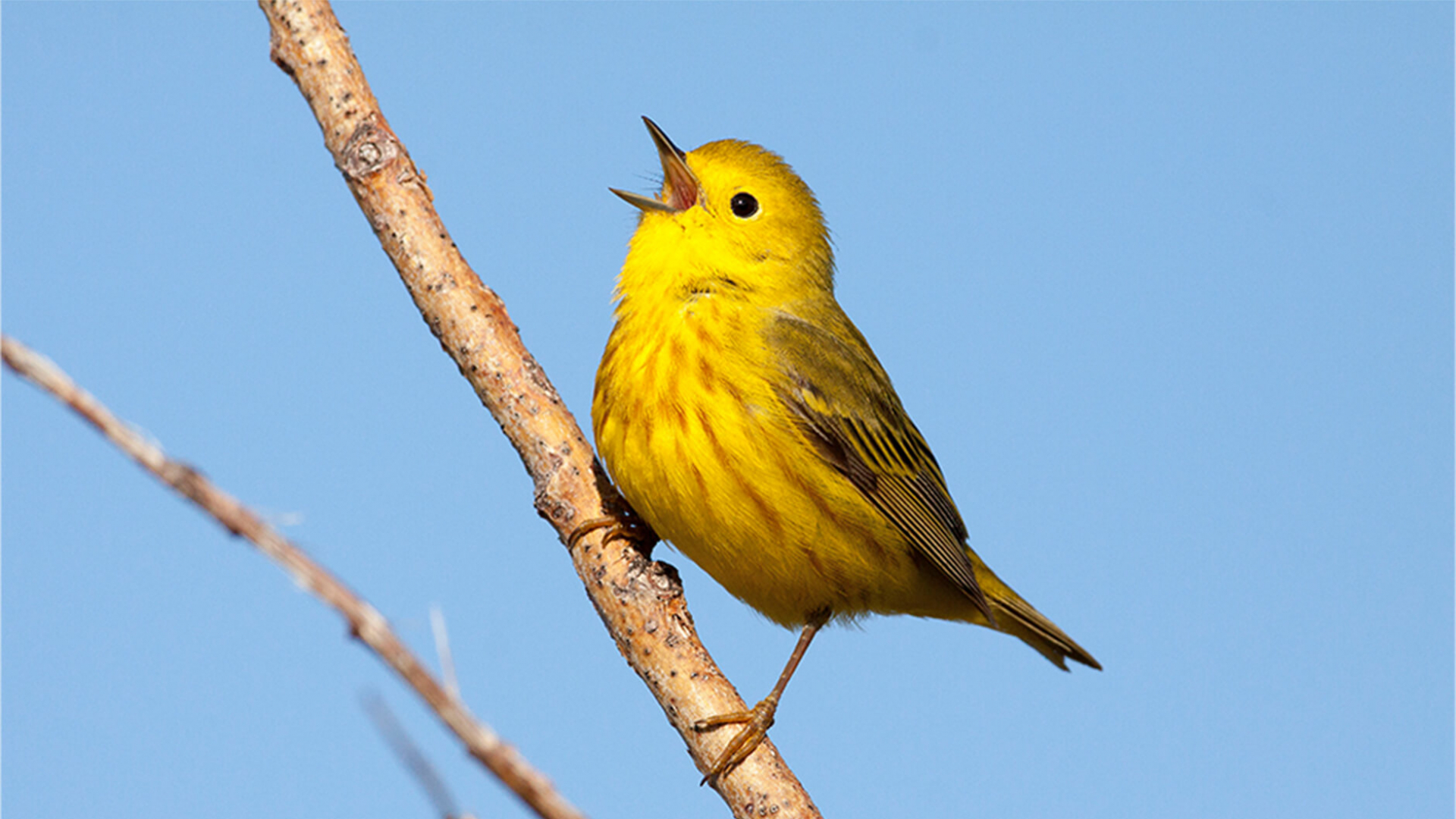Attracting a mate is not easy, and for birds, it often involves elaborate courtship rituals to find the perfect partner
Courtship in birds is varied and complicated. It may involve brilliant plumage, songs, noises, dancing, flight displays, and even food. Some species perform elaborate displays for several months hoping to attract mates or maintain pair bonds for years, even life. In other species, pair bonds barely exist, and courtship for one or both sexes may be over in a few minutes.
Each bird species throughout the world has a unique ritual and, although many people may think of the birds-of-paradise from Papua New Guinea, the manikins of South America, or the albatrosses from southern Pacific islands as the kings and queens of courtship, there are some impressive rituals right here in Ontario.
Red-breasted Mergansers may have one of the strangest looking courtships you will ever see. As in many species of waterfowl, courtship displays begin in winter and continue to the start of the breeding season in May and June. Males do not establish territories or help with nest construction or the raising of young, so courtship is especially important if they are to be successful breeders. Displays often begin with several males and a female. The males perform a “Salute-Curtsy” posture that ends with the birds purring softly with its mouth open, head just above the water while the neck and breast of the bird are submerged. Why this is attractive to the female merganser, I really can’t say.
Although most Red-necked Grebes breed in the prairie provinces of Canada, there is a small population breeding along Lake Ontario shoreline in the Greater Toronto Area. This species is monogamous during the breeding season and has a highly stylized courtship ritual involving loud whinnying and braying by both birds and a variety of different displays including the “Greeting Ceremony” when mates swim and whinny beside each other with head and crests erect.
Great Egrets are an uncommon breeding species in Ontario which is unfortunate because they have some of the most beautiful and elaborate feathers of any North American species. The feathers are most prominent just before the breeding season begins and are raised during defensive postures, disturbance and during courtship rituals. In addition to the beautiful plumage, the skin around the face becomes a bright lime green during the breeding season. Just in case the feathers were not enough.
The dancing and vocalizations of cranes are well known around the world. Although Sandhill Cranes are generally thought of as a long-term monogamous species, courtship displays are important for establishing and maintaining pair bonds. There are eight different displays currently recognized—three specific to adults, while the other five are found among all age groups and are used by the individual birds for courtship and to attract attention. They might look a little awkward, but the birds do look like they are having a lot of fun.
The Ruffed Grouse, colloquially known as a partridge in many parts of Ontario, is well-known for its remarkable drumming display. Male grouse have poorly developed vocal organs and do not produce strong vocalizations to attract females, but they have evolved an auditory workaround that functions just as well. In April and May, males spend much of their mornings standing on a mossy log or rock generating a thumping drum-like crescendo as their wings move back and forth creating short booms as air rushes into the vacuum created by the movement. The aim is to attract females into the display area, mate and then return to your log to begin again. Males may drum for several months but females are only receptive for 2-3 days.
The most prominent courtship behaviour for Cedar Waxwings is the sharing of food. Males land on a branch near the female and gently side-hop over to her offering a small seed, berry, or insect. The male is successful if the female reciprocates. Courtship may begin in April and continue throughout the summer. Waxwings are thought to be monogamous within a breeding season but it is unclear if they stay together the following year.
Red-winged Blackbirds have become infamous recently for their aggressiveness towards humans in urban situations but they are also aggressive to conspecifics. Males return to breeding grounds first, and immediately establish and defend territories vigorously. In a good territory one male may eventually have between 1-5 females to protect. Males perform the “Song Spread Display” when new females arrive on territory and pair bonds form rapidly in a few days. Interestingly, the “Song Spread Display” is the same behaviour used in agonistic confrontations with other males.
Unlike most animals which use the larynx to produce sounds, birds have an entirely unique organ known as the syrinx. It is found further down the throat, and splits into two at the base of the trachea. This split allows some bird species to produce two different sounds at the same time. In Yellow Warblers, songs and vocalizations are more frequent during the breeding season as males establish and defend territories and communicate with neighbours and their mates. Courtship displays in this species is less about the song and more about males chasing females around the territory and slow “moth-flights” by the males until the females decides if she has a suitable partner.

